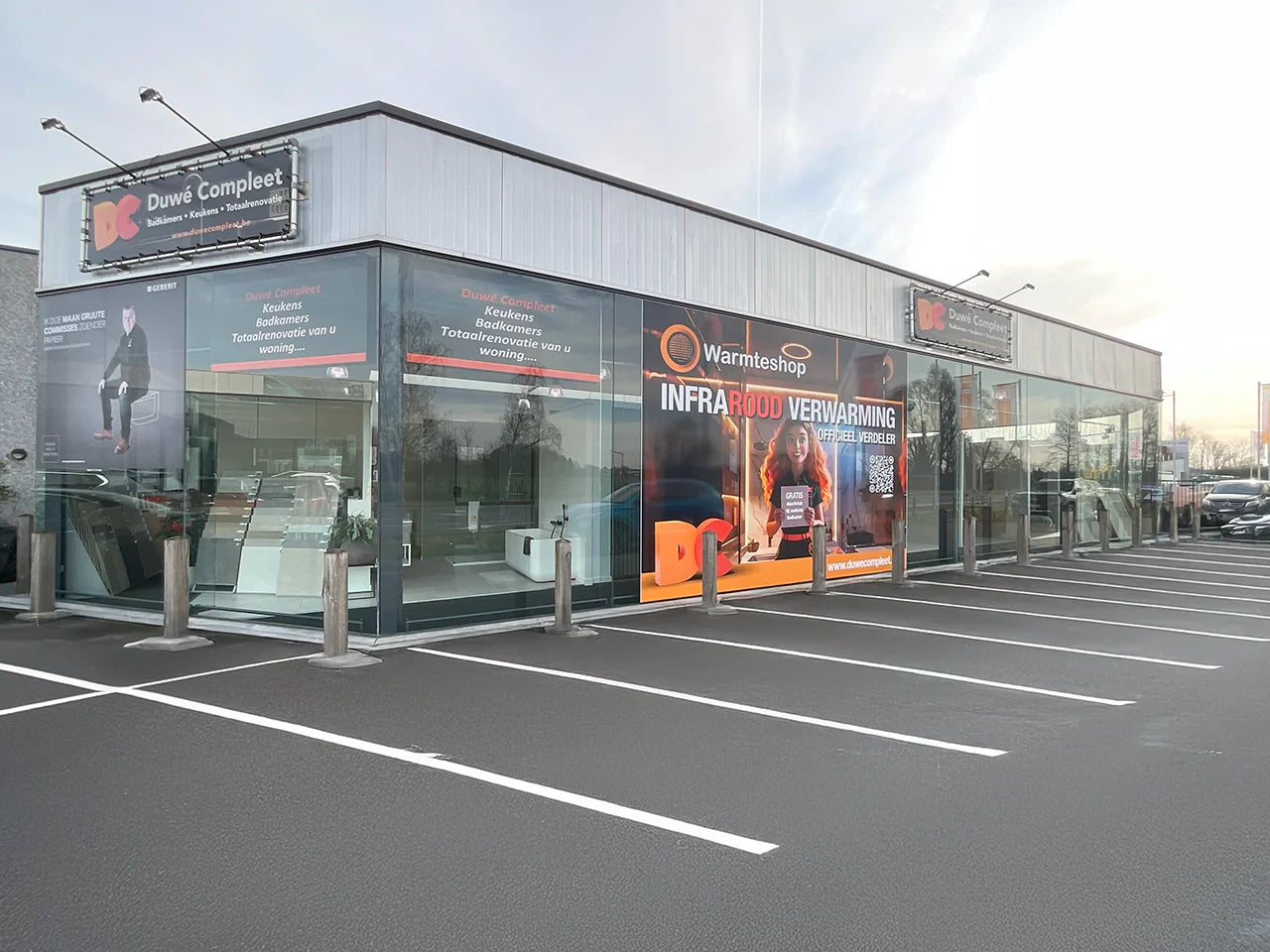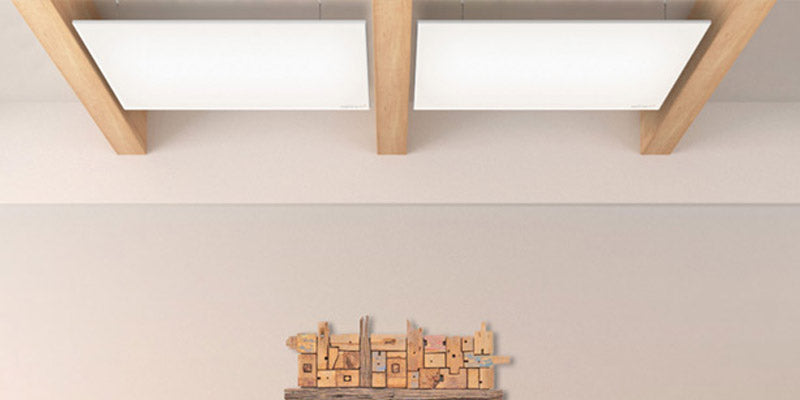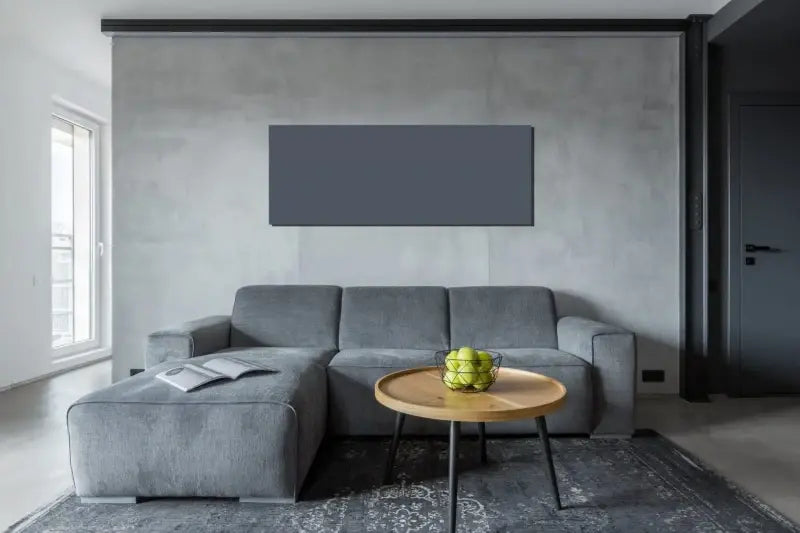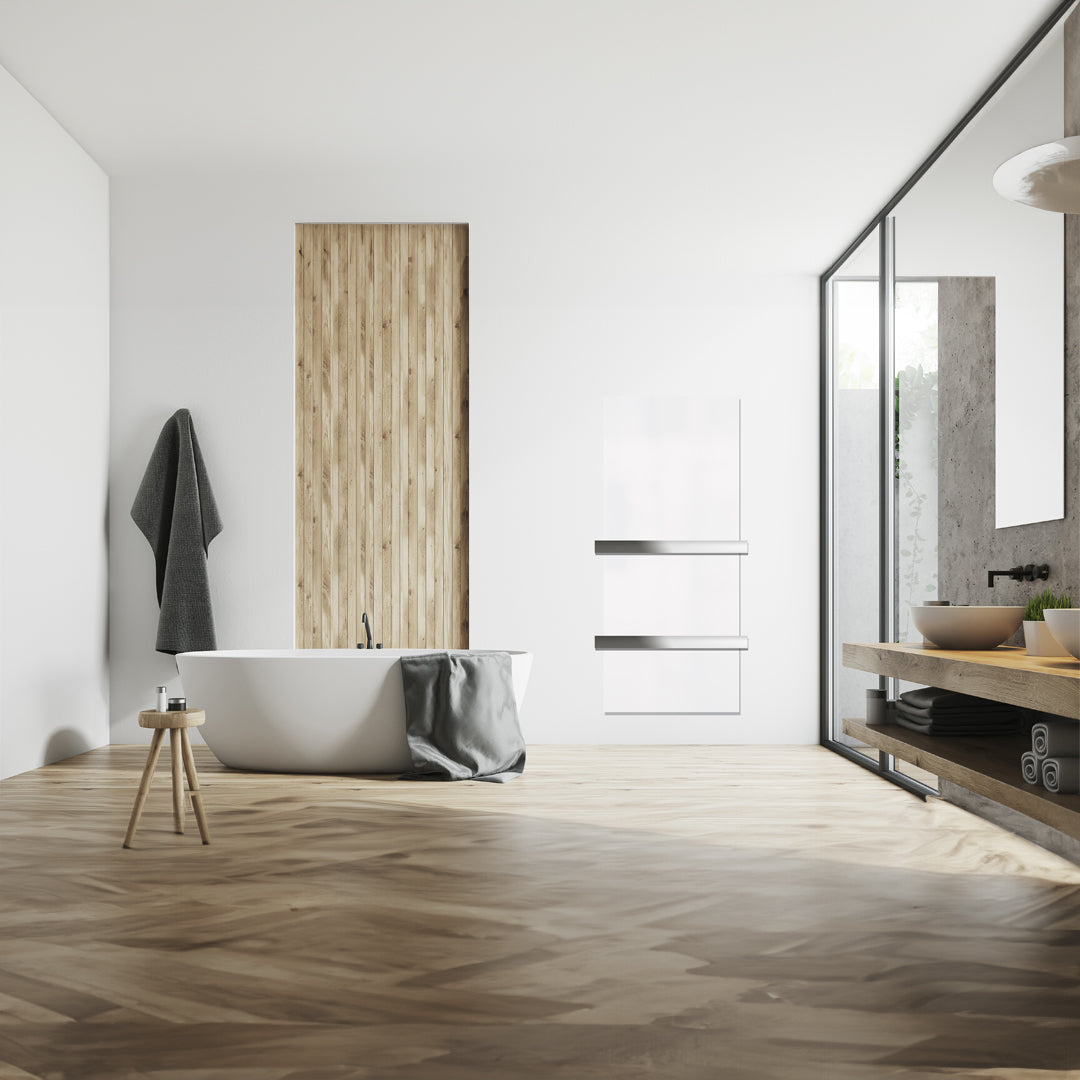
Infrared Heating: A Comprehensive Guide
, by Eugene Verbraak, 9 min reading time

, by Eugene Verbraak, 9 min reading time
Infrared heating is a modern, efficient and versatile method of heating homes and other spaces. There are many advantages to using infrared radiation to generate heat, but there are also some disadvantages that need to be taken into account. In this comprehensive guide, we will delve deeper into what infrared heating is, the different types of infrared heating, the pros and cons, applications, installation, and frequently asked questions. Let's get started.
Infrared panels are an innovative heating solution that is becoming increasingly popular in both residential and commercial environments. This technology uses radiant heat, a form of electromagnetic radiation that directly heats objects and people without heating the air in between. This is similar to how the sun heats the earth, which provides a natural and comfortable warmth.
An infrared panel works by emitting infrared rays that directly heat objects and people in their path. These rays fall in the electromagnetic spectrum between visible light and microwaves. When the rays hit an object or person, they are absorbed and converted into heat. This process is very efficient because no energy is lost in heating the air, which is the case with traditional heating methods.
Types of Infrared Radiation
There are three types of infrared radiation, each with its own characteristics and applications:
Short Wave Infrared (NIR - Near Infrared) : This radiation has the highest temperature and is mostly used for industrial processes and outdoor heating, such as patio heaters. It is very powerful and can heat quickly, but can also be uncomfortable for long-term indoor use.
Medium Wave Infrared (MIR) : This radiation is often used in commercial applications such as saunas and some types of space heating. It offers a good balance between heating speed and comfort.
Far Infrared (FIR) : This is the most common form of infrared radiation for residential heating. It is softer and more comfortable, ideal for long-term heating in living areas.

One of the biggest advantages of infrared heating is its energy efficiency. Because infrared panels heat objects and people directly instead of the air, there is less energy loss. This results in lower energy costs and more efficient use of electricity. Infrared heating can help to reduce energy bills, especially in well-insulated homes where heat is retained better. Electric heating does not have to be expensive, just make sure that no heat is lost through poor insulation.
Infrared panels provide almost instant heat. Unlike conventional electric heating, which takes time to warm up the air in a room, infrared panels begin to heat up immediately when they are switched on. This makes infrared heating ideal for situations where comfort is required quickly, such as in bathrooms or work rooms. Objects and people are heated before the air itself,
Infrared heating panels provide an even and comfortable heat that is comparable to the heat of the sun. Because it directly heats the objects and people in the room, there is less air circulation, which means that dust and allergens are less likely to spread. This can improve air quality and is especially beneficial for people with allergies or respiratory problems. Asthma and rheumatism patients in particular enjoy the benefits.
Infrared heaters are available in a variety of styles and designs, including mirror panels, glass panels and even art panels that look like paintings. They can be mounted discreetly on walls or ceilings, taking up minimal space and blending seamlessly into any interior. This provides aesthetic flexibility and helps to make the most of the space.
Infrared panels have no moving parts and operate completely silently. This makes them ideal for bedrooms, offices and other quiet spaces. They are also maintenance-free, meaning that no annual checks or repairs are required, unlike traditional heating systems.
Infrared panels operate solely on electricity, which can be a disadvantage in areas with unreliable electricity supplies or high electricity costs. It is essential to ensure a stable and affordable power supply to get the most out of this form of heating.
The initial cost of infrared panels can be higher than traditional radiators. Although the long-term energy savings can be significant, the higher initial investment must be considered. It is important to perform a cost-benefit analysis to understand the total savings compared to the investment cost.
Installing an infrared panel can take some planning and work, especially when it comes to hiding electrical wires. While most panels are easy to install with a hanging system, hiding wires for a neat finish can add extra effort and expense.

Infrared heating can be used as both primary and secondary heating in living rooms. It provides a comfortable and even heat that is ideal for relaxation areas. The flexible installation options allow infrared panels to be placed inconspicuously, making them both functional and visually appealing. If necessary, we can even make them movable, with or without wheels.
Mirror panels are particularly practical in bathrooms because they prevent mirrors from fogging up and save space. They also provide direct and pleasant warmth, which is especially nice in the morning or after a shower. Installing an infrared panel in bathrooms can contribute to a luxurious and comfortable environment. In a bathroom, a 600 watt, 700 watt or 1000 watt panel can be sufficient for a wonderful cocoon of warmth.
The silent operation and energy efficiency make infrared panels ideal for workspaces. They provide comfortable and even heat without the disturbing noise of fans or other moving parts. This ensures a quiet and productive working environment. Make your office energy efficient by heating with infrared panels.
Infrared heaters are perfect for heating patios because they are effective without the influence of wind. This makes them an ideal choice for outdoor areas where traditional heating systems often fall short. Infrared heaters can contribute to a cozy and comfortable outdoor environment, even on colder days.
An infrared panel is also ideal for bedrooms because of its silent operation and the possibility of targeted heating. This means that you are not bothered by the noise of a fan and can quickly bring your room to a comfortable temperature without using a lot of energy.
Before you start installing your heating panel, it is important to take a few preparatory steps. First, you need to determine which rooms you want to heat and which type of infrared heating best suits your needs. Then, you need to choose the right size and power of the panels based on the size of the room and the insulation level of your home.
One of the biggest advantages of infrared panels is that they are low maintenance. This is in contrast to traditional heating. Most infrared panels have no moving parts and require little to no maintenance. However, it is a good idea to clean the panels regularly to prevent dust build-up.
At Warmteshop we have a large assortment of infrared heating. Whether you are looking for infrared heating in the living room, a movable infrared panel for the bedroom. At Warmteshop we have various infrared panels in our assortment. If you have questions about infrared or you want to know what the best infrared panels are for your home, we will search for your type of heating.
If you want to buy infrared heating online, visit our webshop at https://warmteshop.com (here you can enjoy free shipping)
If you prefer to buy infrared heating in a store, visit our website https://warmteshop.be and find a store near you.



